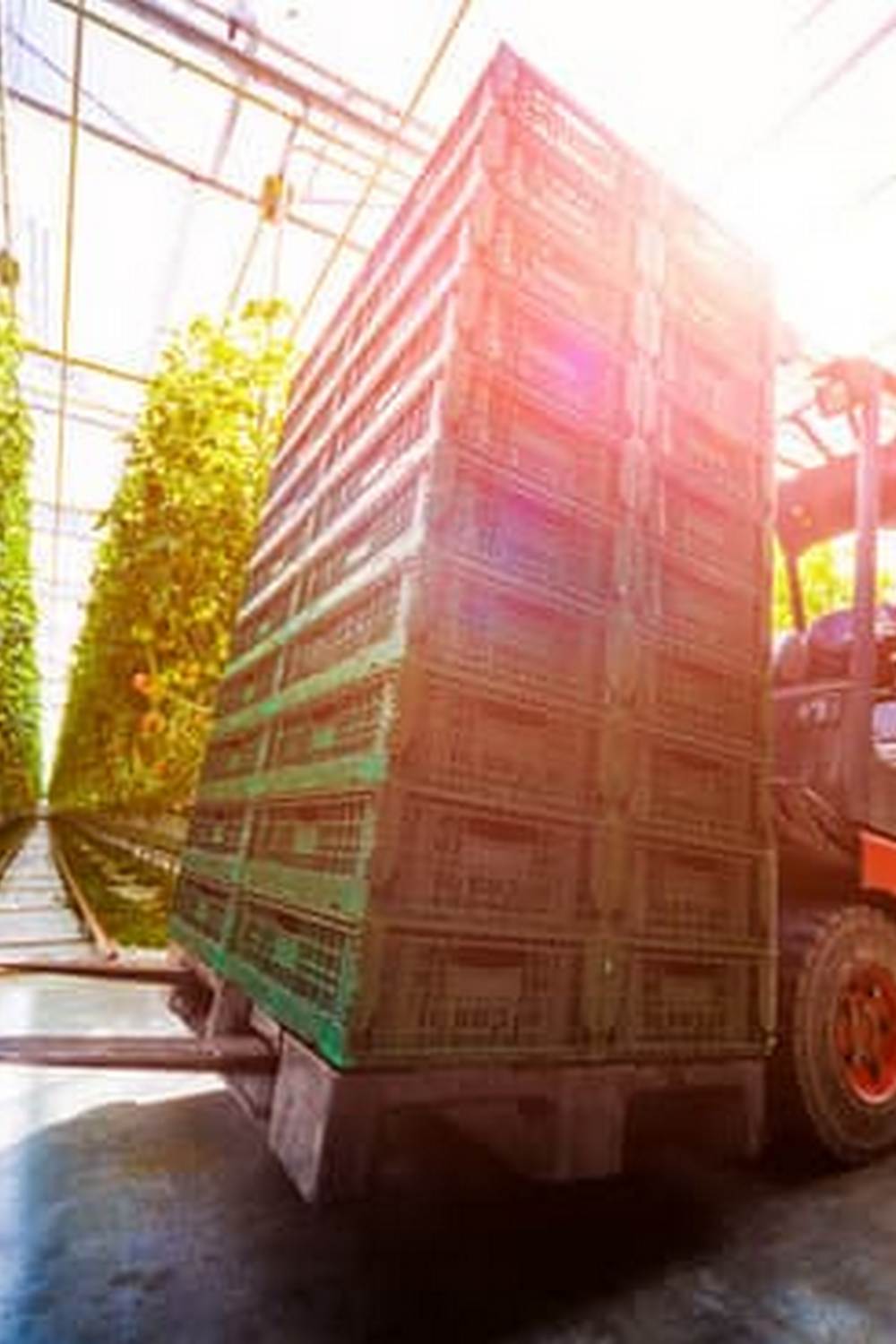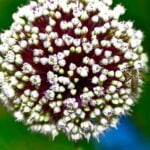Vegetable gardening in Northern Alberta presents its own set of unique challenges and advantages. The region’s short growing season, harsh climate, and specific soil conditions require careful consideration and strategic planning for successful gardening. However, with the right knowledge and techniques, it is possible to cultivate a bountiful vegetable garden in this northern Canadian region.
The growing season in Northern Alberta is relatively short compared to other parts of the country, with frost often occurring well into spring. Additionally, the climate can be quite harsh, with cold temperatures and unpredictable weather patterns. These factors necessitate a different approach to vegetable gardening compared to milder climates.
When it comes to choosing the right vegetables for Northern Alberta, it is essential to select cold-hardy and short-season varieties that can thrive in these challenging conditions. Understanding which vegetables are best suited for this environment is crucial for a successful harvest.
In addition to choosing the right vegetables, preparing the soil for optimal growth is equally important when vegetable gardening in Northern Alberta. Through proper soil preparation and diligent care, gardeners can ensure that their crops have the best chance of thriving in this unique climate.
Choosing the Right Vegetables
When it comes to vegetable gardening in Northern Alberta, the selection of vegetables is crucial to ensure a successful harvest. The unique climate and short growing season in the region present both challenges and opportunities for gardeners. When choosing the right vegetables to grow in Northern Alberta, it’s important to prioritize cold-hardy and short-season varieties that can thrive in this environment.
Some of the best vegetables to grow in Northern Alberta include cold-tolerant greens such as kale, spinach, and Swiss chard. Root crops like carrots, beets, and potatoes also do well in the cooler climate of the region. Additionally, quick-maturing crops such as radishes, peas, and certain varieties of lettuce are ideal for the short growing season in Northern Alberta.
It’s also essential to consider the microclimates within your specific gardening location. For example, areas with good sun exposure may allow for more diverse vegetable options compared to shaded or cooler spots. By selecting a variety of vegetables that are well-suited to the local climate and conditions, gardeners can maximize their chances of a successful harvest.
| Vegetable | Best Variety |
|---|---|
| Kale | Siberian or Winterbor |
| Carrots | Nantes or Danvers |
| Peas | Little Marvel or Sugar Ann |
Preparing the Soil
One of the most crucial aspects of successful vegetable gardening in Northern Alberta is soil preparation. The challenging climate and short growing season make it essential to have well-prepared soil to provide the best environment for your vegetable crops to thrive. The region’s heavy clay soils can present a challenge, but with proper preparation, it is possible to create fertile ground for growing a variety of vegetables.
First and foremost, it’s important to conduct a soil test to determine its pH level and nutrient composition. This will help you understand what amendments are needed to improve the soil quality. Adding organic matter such as compost, peat moss, or well-rotted manure can help improve drainage in clay soils and increase fertility. Additionally, incorporating organic materials into the soil will also provide essential nutrients for your vegetable plants.
In Northern Alberta, where the growing season is short, warming up the soil quickly is important for promoting seed germination and root development. Using raised beds can be beneficial in this region since they allow for better drainage and quicker warming of the soil in spring.
Adding a layer of mulch on top of the prepared soil can also help regulate soil temperature and retain moisture during hot summer days. These methods are especially helpful in maximizing the potential for vegetable gardening in Northern Alberta‘s challenging climate.
| Soil Preparation Tips | Benefits |
|---|---|
| Conduct a soil test | Determine pH level and nutrient composition |
| Add organic matter | Improves drainage in clay soils and increases fertility |
| Utilize raised beds | Better drainage and quicker warming of the soil |
| Add mulch | Regulates soil temperature and retains moisture |
Extending the Growing Season
When it comes to vegetable gardening in Northern Alberta, one of the biggest challenges gardeners face is the short growing season. With frost-free days limited to just a few months, it can be difficult to grow a variety of vegetables. However, there are strategies that can be employed to extend the growing season and make the most of the available time.
One effective way to extend the growing season in Northern Alberta is by using hoop houses or cold frames. These structures help create a warmer microclimate for plants, allowing them to thrive even in cooler temperatures. Additionally, they offer protection from frost, wind, and other harsh environmental conditions that can impact plant growth. By utilizing season-extending techniques like these, gardeners can start planting earlier in the spring and continue harvesting later into the fall.
Another method for extending the growing season is by utilizing row covers and mulch. Row covers provide an extra layer of insulation for plants, protecting them from temperature fluctuations and helping them establish strong roots early on. Mulch helps retain soil moisture and regulate soil temperatures, creating a more stable environment for plant growth. Both of these techniques contribute to extending the growing season in Northern Alberta.
Furthermore, incorporating cold-resistant vegetable varieties into your garden can also help in extending the growing season. Vegetables such as kale, spinach, carrots, radishes, and certain types of lettuce thrive in cooler temperatures and can be planted as early as late winter or early spring.
Additionally, some varieties of cabbage and broccoli are bred specifically for cold weather conditions and have shorter maturity dates. Choosing vegetables that are well-suited to Northern Alberta’s climate will ensure a longer growing season and a more abundant harvest.
Dealing With Pests and Diseases
Common Pest and Disease Challenges
Vegetable gardening in Northern Alberta comes with its own set of challenges, including dealing with pests and diseases that are specific to the region’s climate. Common concerns for local gardeners include aphids, cutworms, flea beetles, and powdery mildew. Understanding these potential threats is essential for successful vegetable cultivation in this area.
Organic Pest Control Methods
Given the unique climate and environmental considerations of Northern Alberta, it’s important for gardeners to prioritize environmentally-friendly pest control methods. Utilizing natural predators such as ladybugs and lacewings to manage aphid populations can be an effective approach. Additionally, implementing companion planting strategies and using organic pesticides like neem oil can help combat common pests without harming beneficial insects or wildlife.
Disease Prevention and Management
Preventing common diseases such as blight, clubroot, and damping-off is crucial for maintaining healthy vegetable crops in Northern Alberta. To minimize the risk of disease outbreaks, gardeners should practice crop rotation, ensure proper spacing between plants, and provide adequate air circulation to reduce humidity levels. Additionally, selecting disease-resistant varieties when possible can help mitigate the impact of prevalent diseases in the region.
By understanding and proactively addressing these pest and disease challenges, vegetable gardeners in Northern Alberta can optimize their growing efforts for a bountiful harvest despite the unique climate conditions.
Watering and Irrigation
When it comes to vegetable gardening in Northern Alberta, one of the most crucial aspects to consider is watering and irrigation. The region is known for its dry climate, which presents unique challenges for ensuring that vegetable crops receive adequate moisture. Here are some essential tips and considerations for effectively managing watering and irrigation in this environment:
1. Efficient Water Use: In a dry climate like Northern Alberta, it’s important to maximize the efficiency of water use in the garden. Using mulch around plants can help retain soil moisture, reduce evaporation, and suppress weed growth. Additionally, drip irrigation systems or soaker hoses can deliver water directly to the plant roots, minimizing wastage.
2. Drought-Tolerant Gardening Practices: Given the limited water availability in Northern Alberta, it’s beneficial to select vegetable varieties that are drought-tolerant. These plants have evolved to thrive in arid conditions and require less frequent watering. Some examples of drought-tolerant vegetables suitable for this region include kale, Swiss chard, and cherry tomatoes.
3. Rainwater Collection: To supplement traditional water sources, consider setting up a rainwater collection system. This sustainable practice involves capturing rainwater from rooftops or other surfaces and storing it for later use in the garden. Utilizing collected rainwater can reduce reliance on municipal water supplies and minimize the environmental impact of gardening.
By implementing these watering and irrigation strategies, vegetable gardeners in Northern Alberta can effectively manage the challenges of a dry climate while promoting healthy plant growth. It’s important to prioritize conservation and efficient use of water resources while still providing essential moisture for a successful harvest.
Whether you are a novice gardener or an experienced one with years under your belt growing gardens big or small, regulating your waters isn’t always straightforward – especially if you live somewhere where droughts are common so being attentive at when would be better for planting certain types of crops is fundamental.
Start by integrating these three tips on watering conservatively before incorporating other strategies such as utilizing collected rainwater from rooftops as you master these initial steps in irrigating your front yard.
Harvesting and Preservation
When it comes to vegetable gardening in Northern Alberta, the short growing season means that timing is crucial for harvesting. It’s important to keep a close eye on your crops and harvest them at the right time to ensure the best flavor and quality.
Some vegetables, such as peas, carrots, and spinach, thrive in the cooler temperatures of the region and can be harvested earlier in the season. On the other hand, heat-loving vegetables like tomatoes and peppers may need extra care to fully ripen before the first frost hits.
Once you’ve harvested your vegetables, it’s essential to have a plan for storing and preserving them for the long winter months. In a climate like Northern Alberta’s, where harsh winters can limit access to fresh produce, proper preservation methods are key. Root cellars or cool storage areas can be used to store root vegetables such as potatoes, carrots, and beets.
Canning and pickling are popular methods for preserving produce like cucumbers, beans, and tomatoes. Freezing is another option for preserving vegetables such as peas, corn, and broccoli.
Another aspect of preservation that is often overlooked is seed saving. By saving seeds from your best-performing plants each year, you can adapt your crops to thrive in your specific microclimate over time.
This not only preserves traditional varieties but also creates plants uniquely suited to the conditions of vegetable gardening in Northern Alberta. Additionally, participating in local seed exchange programs can provide access to a wider variety of seeds and connect you with fellow gardeners in the community who share an interest in preserving heirloom varieties suited to the area.
Ultimately, harvesting and preserving your vegetable garden’s bountiful harvests is not only rewarding but also essential for ensuring a sustainable supply of fresh produce throughout Northern Alberta’s challenging winters. By following these guidelines tailored specifically for Northern Alberta’s unique climate conditions, you’ll be well-equipped to make the most of your garden’s yield while contributing to food security within the region.
Community Resources and Support
In conclusion, vegetable gardening in Northern Alberta presents unique challenges and advantages due to the region’s specific climate and growing season. Despite these challenges, with the right knowledge and preparation, individuals can have a successful and bountiful harvest of vegetables. By choosing the right vegetables, preparing the soil, extending the growing season, addressing pests and diseases, managing watering and irrigation, and utilizing effective harvesting and preservation methods, gardeners can optimize their yield even in this northern climate.
Additionally, it is essential for vegetable gardeners in Northern Alberta to tap into community resources and support networks. Local gardening communities, resources, workshops, events, and seed exchange programs play a vital role in providing valuable information, tips, and assistance to aspiring gardeners. These networks enable individuals to connect with experienced gardeners who understand the nuances of vegetable gardening in this specific region. By sharing knowledge and experiences within these communities, gardeners can learn from each other’s successes and challenges.
Frequently Asked Questions
What Vegetables Are Easy to Grow in Alberta?
Some vegetables that are easy to grow in Alberta include carrots, potatoes, peas, lettuce, radishes, and spinach. These vegetables are well-suited to Alberta’s climate and growing conditions.
When Can You Start Planting Vegetables in Alberta?
In Alberta, the best time to start planting vegetables is typically in late spring or early summer, once the risk of frost has passed. This is usually around mid-May to early June, depending on the specific location within the province.
What Vegetables Grow Best in Northern Gardens?
Vegetables that grow best in northern gardens often include cold-hardy varieties such as kale, Swiss chard, Brussels sprouts, and cabbage. These vegetables can withstand cooler temperatures and shorter growing seasons typically found in northern regions.

If you’re looking to get into vegetable gardening, or are just looking for some tips on how to make your current garden better, then you’ve come to the right place! My name is Ethel and I have been gardening for years. In this blog, I’m going to share with you some of my best tips on how to create a successful vegetable garden.





